Understanding Deflation and its Causes
If you’ve been keeping up with economic news, you’re probably aware of the inflationary pressures that have been affecting the U.S. economy in recent times. However, there seems to be a shift happening now.
Inflation is gradually declining, which means prices are still rising but at a slower pace. In fact, some prices have actually deflated over the past year, according to the consumer price index (CPI).
Deflation is the opposite of inflation; it means that consumers are experiencing a decline in prices in certain categories.
The Deflationary Trend in Goods
The deflationary trend is primarily occurring on the “goods” side of the U.S. economy, which refers to tangible objects that Americans purchase. Goods make up about a quarter of the consumer price index.
There are several reasons for this deflation. Firstly, a stronger U.S. dollar has made imported goods cheaper. As a result, some of these savings, particularly on items like apparel and furniture, are being passed on to consumers.
This deflationary dynamic can also be seen as a return to the pre-pandemic norm. Before COVID-19, goods deflation was typical. However, the pandemic disrupted global supply chains and caused shortages that led to significant price increases. Now that supply chain disruptions are largely resolved and energy costs have declined, goods deflation is becoming more prevalent again.
In the long term, consumers generally benefit from savings as manufacturers shift goods production to lower-cost areas.
Measurement Quirks and their Impact on Prices
Some of the declines in prices can be attributed to measurement quirks in how inflation is calculated.
For example, the U.S. Bureau of Labor Statistics, which compiles the CPI report, takes into account quality improvements over time. This means that as electronics like televisions, cell phones, and computers get better, consumers are getting more value for their money, resulting in a perceived decline in prices.
Health insurance, which falls under the “services” side of the U.S. economy, faces similar challenges in measurement. The BLS assesses health insurance inflation indirectly by measuring insurers’ profits instead of consumer premiums. This is because insurance quality varies greatly from person to person, making it difficult to accurately gauge changes in health insurance prices.
These adjustments for quality mean that consumers may not necessarily see prices drop at the store; the decline is only reflected on paper.
Hot Take: Understanding the Changing Dynamics of Inflation and Deflation
The U.S. economy has experienced significant inflationary pressures in recent times. However, there has been a shift towards deflation in certain categories, particularly goods. Factors such as a stronger U.S. dollar, resolved supply chain disruptions, and measurement quirks have contributed to this deflationary trend.
While deflation may seem like a positive development for consumers as prices decline, it’s important to note that sustained deflation can have negative consequences for the overall economy. It can lead to decreased spending and investment, which can hinder economic growth.
As an investor or consumer, it’s crucial to stay informed about these changing dynamics and make informed decisions based on your financial goals and circumstances.

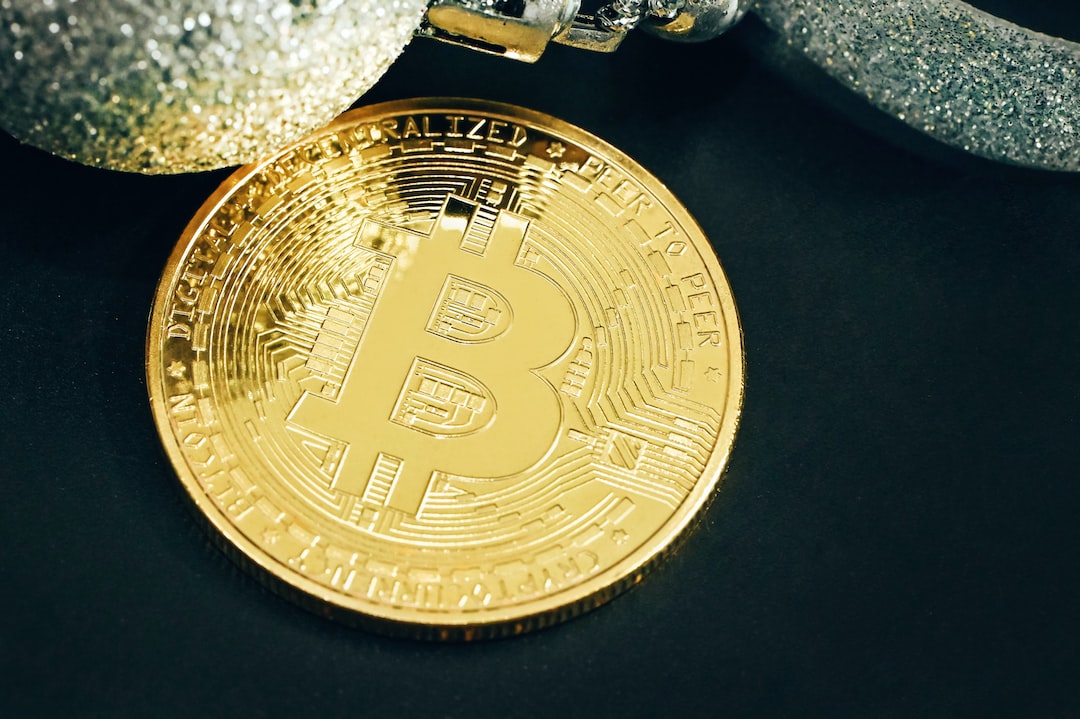
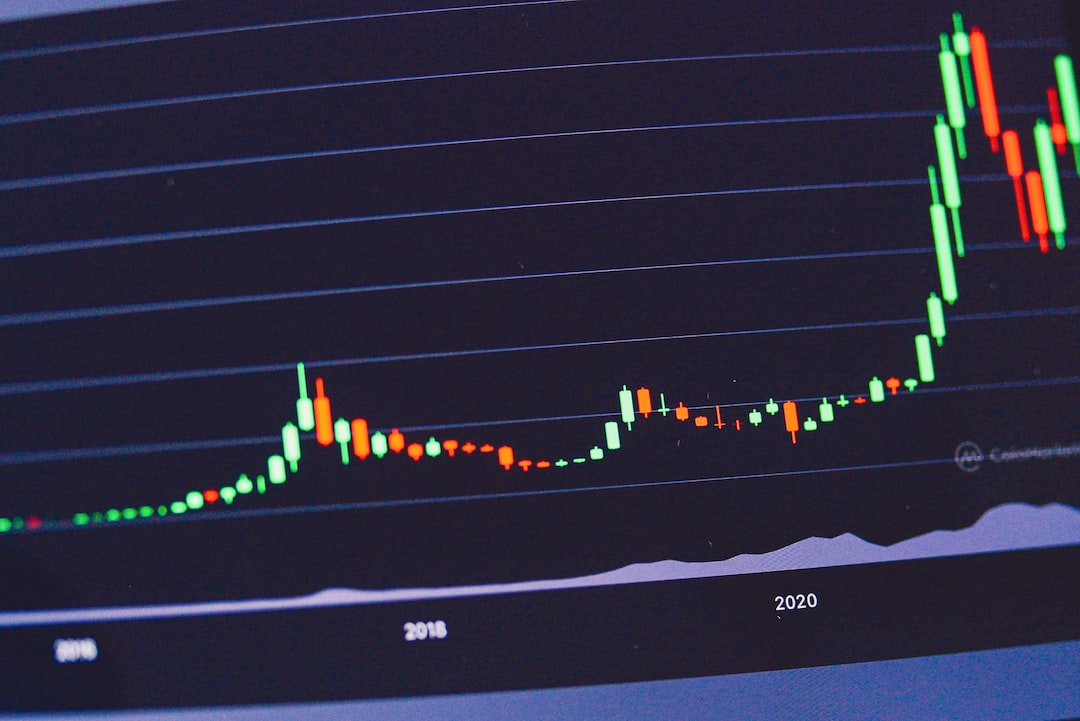
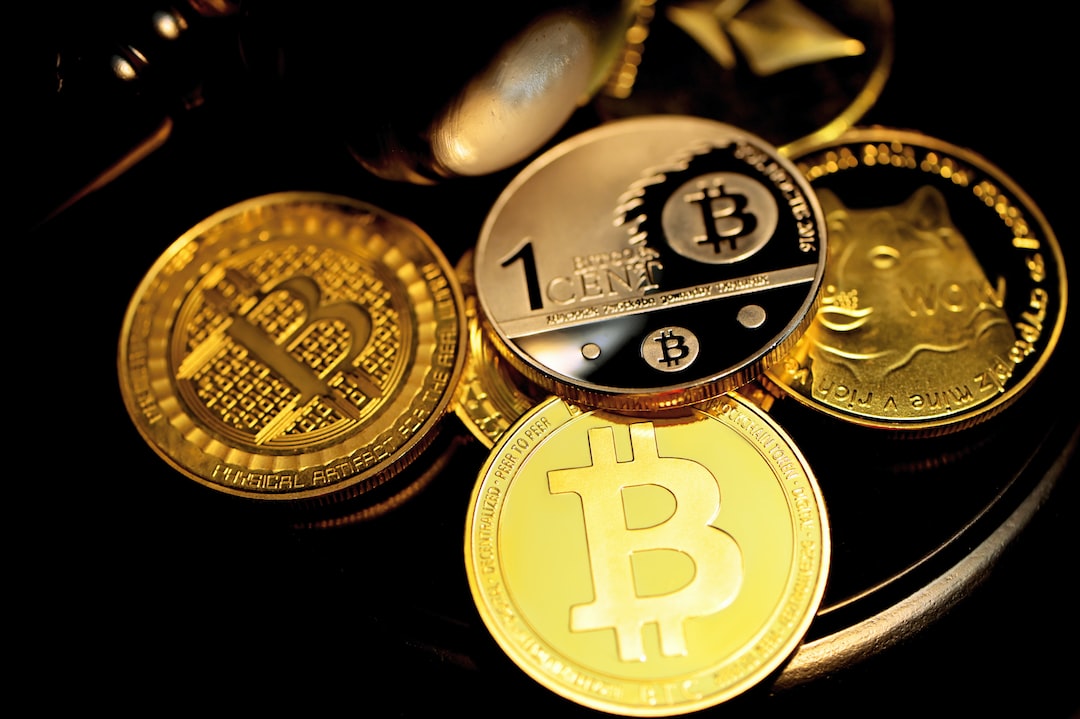
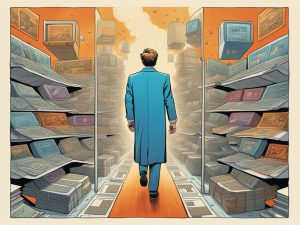
 By
By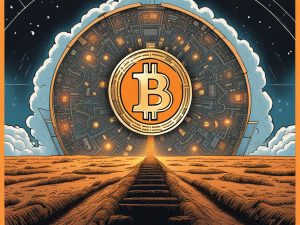
 By
By
 By
By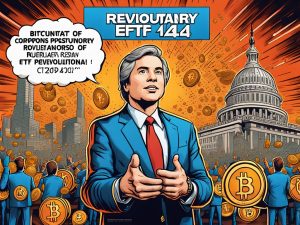
 By
By
 By
By
 By
By